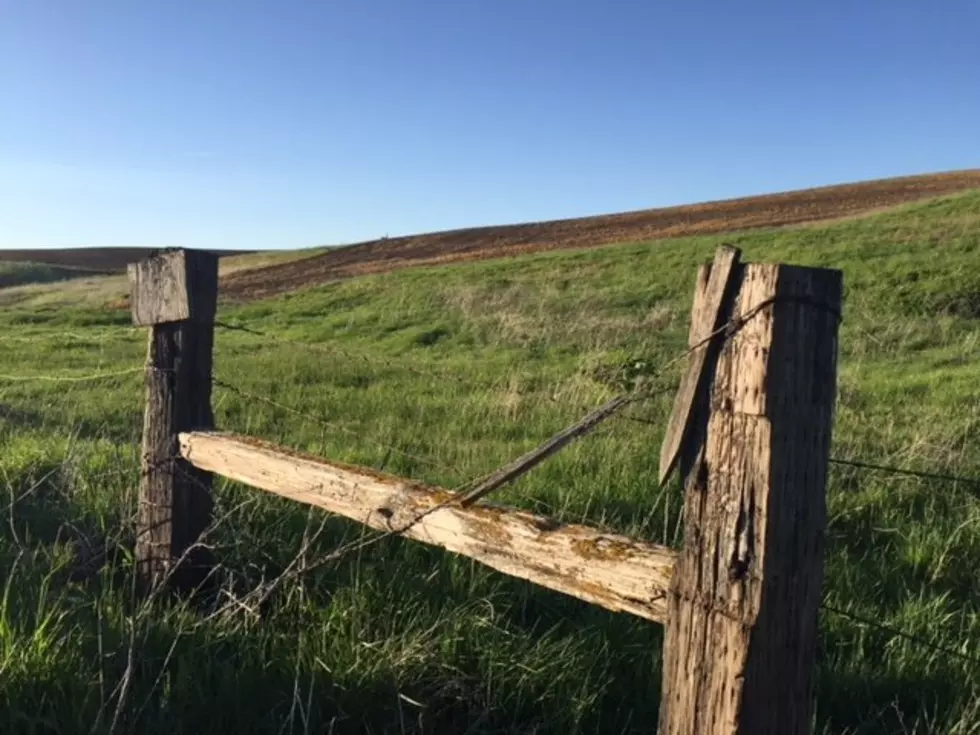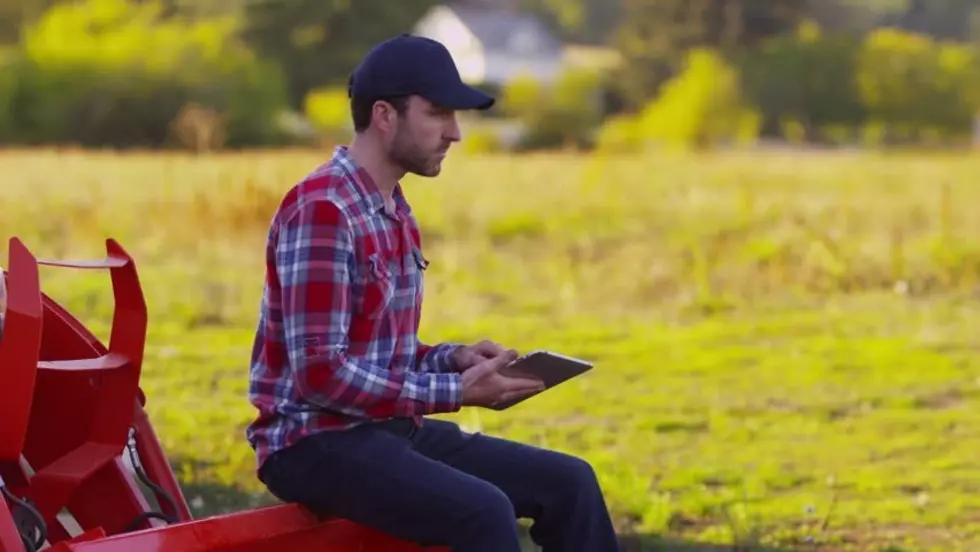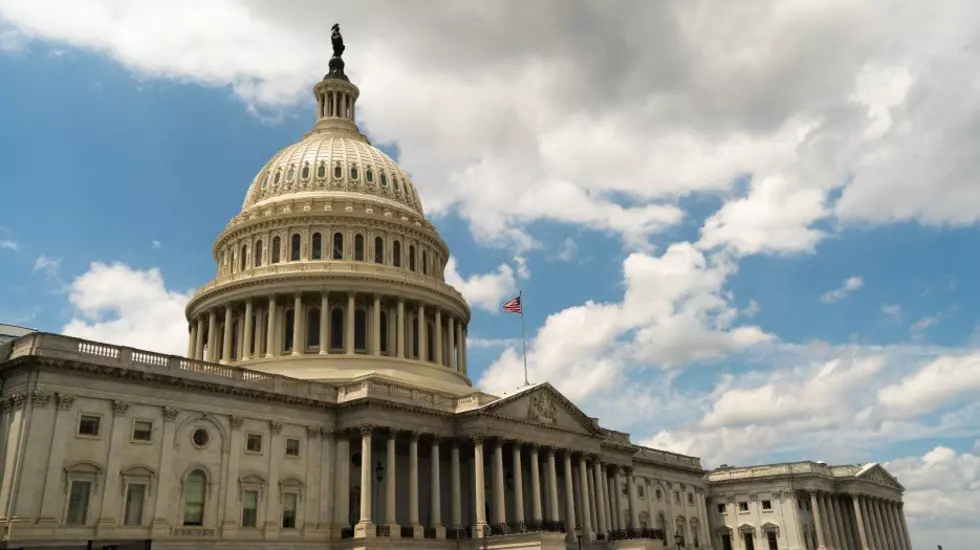
Rural Broadband Takes Center Stage Nationally
Rural broadband needs are drawing renewed attention of lawmakers nationwide as more and more schools and colleges turn to remote learning. The Pew Research Center estimates about 15% of all households with school-age children lack high-speed internet and poor FCC mapping means the number could be higher. During a recent Ag subcommittee hearing, story after story of children from rural areas left behind because their home, or even community did not have the needed internet connection.
“Kids in my district, they have to gather around a school bus that’s been outfitted as a hotspot, just to get onto that internet to be able to get their homework….Some rural schools, its students and individuals in their homes, that just do not have the connectivity—and that’s a huge problem…..When you have kids doing their homework in parking lots, that’s just not right…. have kids who I represent, families I represent, school teachers I represent, who cannot access internet at home, teachers, who, when school was still in session, were having to drive to parking lots, to be able to conduct the school lessons.”
The Atlanta Journal reports teachers across the country have started to beg for Wi-Fi hotspots for their students. In 2018, President Trump signed an executive order to speed federal permitting of rural broadband towers, including on federal lands. But experts contend more federal help is needed.
The House this year passed its HEROES Act with $24 billion to improve broadband mapping, four billion to lower monthly internet bills, and $1.5 billion for devices for students, schools, and libraries. But the Senate never took up the bill and talks on a compromise broke down.
On Thursday, we talked about rural broadband needs with the Washington Farm Bureau.
If you have a story idea for the PNW Ag Network, call (509) 547-1618, or e-mail gvaagen@cherrycreekmedia.com
More From PNW Ag Network









